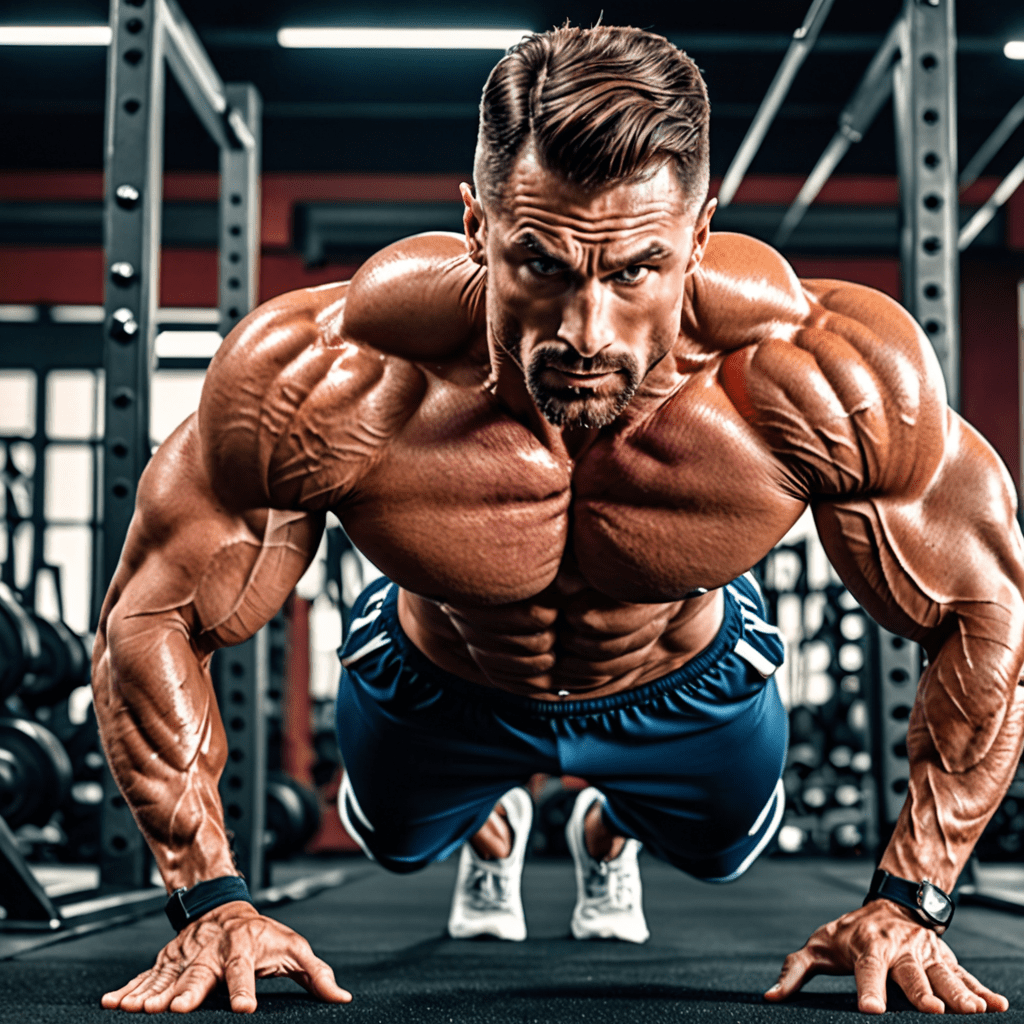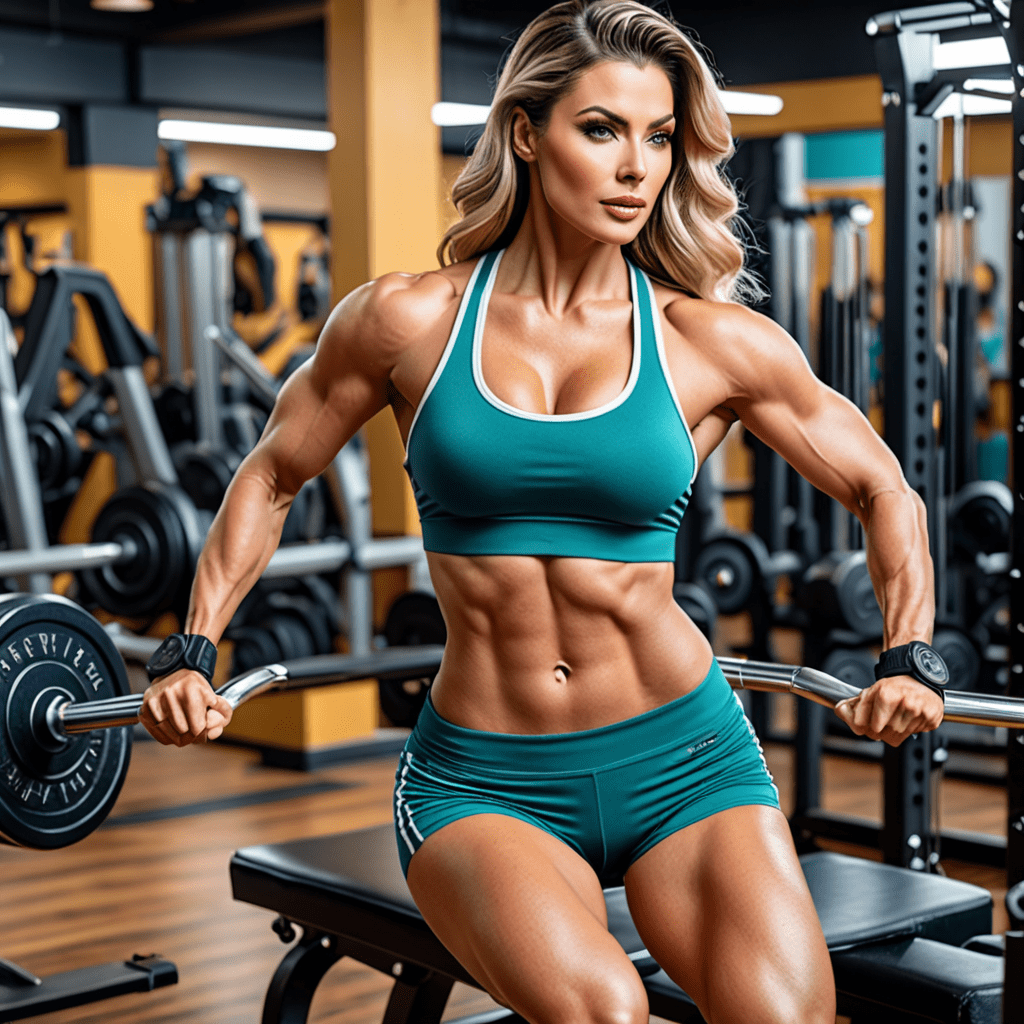
Unveiling the Powerhouse Muscles Activated During Push-Ups
Push-ups are a classic bodyweight exercise that effectively engage multiple muscle groups, promoting strength and stability. Understanding which muscles are primarily involved during push-ups can help maximize their benefits and improve overall performance.
Primary Muscles Targeted in Push-Ups
When performing push-ups, several key muscle groups are activated:
Chest Muscles (Pectoralis Major)
The pectoralis major, located in the chest region, is the primary muscle engaged during push-ups. This muscle is responsible for the horizontal adduction of the arms, which occurs when pushing the body away from the ground.
Shoulder Muscles (Deltoids)
The deltoid muscles, situated in the shoulders, play a significant role in stabilizing and controlling the movement of the arms during push-ups. They assist in shoulder flexion and abduction, contributing to the overall execution of the exercise.
Triceps Brachii
The triceps brachii, located at the back of the upper arm, are heavily involved in extending the elbow joint during the upward phase of the push-up motion. They aid in the pushing action, providing strength and support.
Core Muscles (Rectus Abdominis and Transverse Abdominis)
The core muscles, including the rectus abdominis and transverse abdominis, are essential for maintaining stability and preventing overarching of the lower back. These muscles are engaged to keep the body in a straight line during the entire push-up movement.
Additional Muscles Engaged During Push-Ups
While the aforementioned muscle groups are the primary focus during push-ups, several other muscles also come into play:
- Serratus Anterior: This muscle aids in scapular protraction and assists in maintaining scapular stability during the exercise.
- Biceps Brachii: While the triceps are the primary movers, the biceps also contribute to the stability and control of the elbow joint.
- Glutes: The gluteal muscles help stabilize the hips and maintain proper alignment of the lower body during push-ups.
- Quadriceps: Lastly, the quadriceps are engaged to a certain extent, primarily for stabilizing the knees and supporting the lower body position.
FAQ About Push-Up Muscles
Q: Are push-ups effective for building chest muscles?
A: Yes, push-ups are an effective exercise for targeting and strengthening the chest muscles, particularly the pectoralis major.
Q: Do push-ups solely target the upper body muscles?
A: While push-ups predominantly engage the upper body muscles, they also involve the core, glutes, and quadriceps, making them a comprehensive full-body exercise.
Q: Should push-ups be incorporated into a well-rounded workout routine?
A: Absolutely. Push-ups offer numerous benefits and can be an integral part of a balanced fitness regimen, promoting upper body strength, core stability, and functional movement patterns.
Q: Can push-ups be modified for individuals with varying fitness levels?
A: Yes, push-ups can be adapted to accommodate different fitness levels and specific needs. Modifications such as incline push-ups or knee push-ups can be utilized to adjust the intensity of the exercise.
Q: What is the ideal form for performing push-ups to fully engage the targeted muscles?
A: Maintaining proper form, including a straight body alignment, controlled descent and ascent, and full range of motion, is crucial for effectively targeting the intended muscle groups during push-ups.
Q: Can push-ups contribute to overall muscle endurance and stamina?
A: Yes, push-ups are an excellent way to build muscle endurance and improve overall stamina, as they require consistent engagement of multiple muscle groups over extended repetitions.

